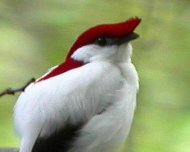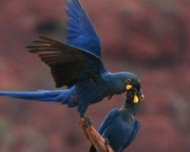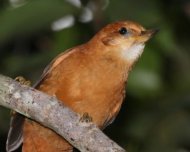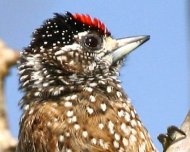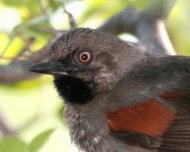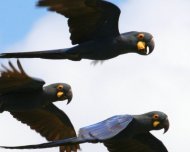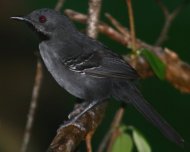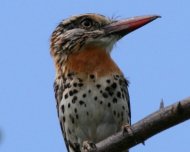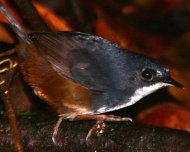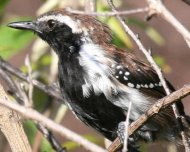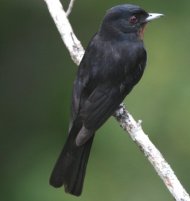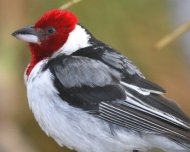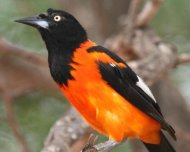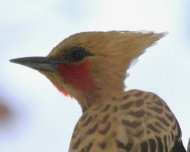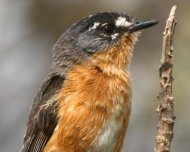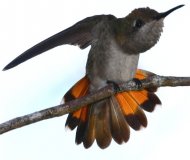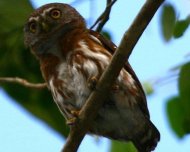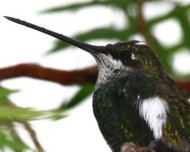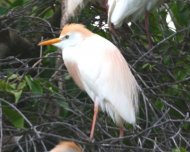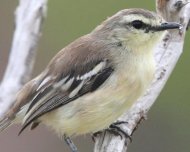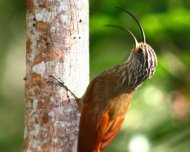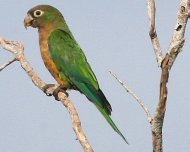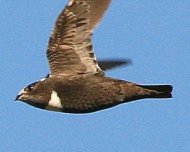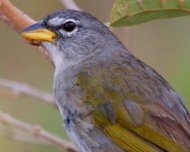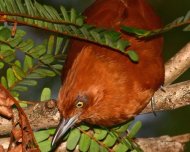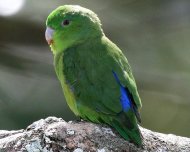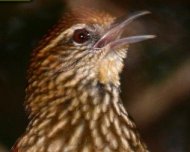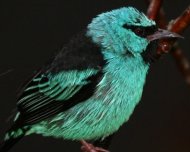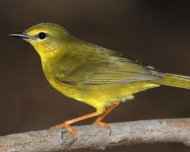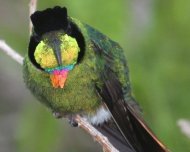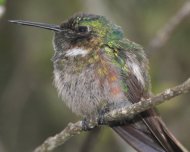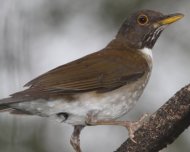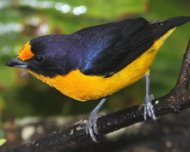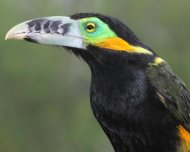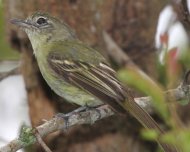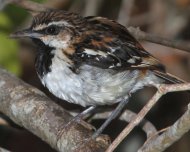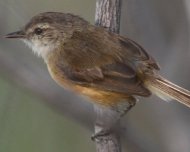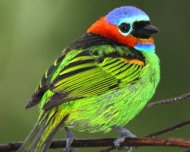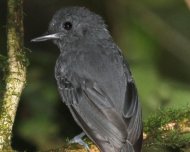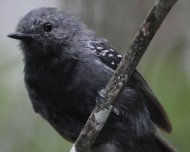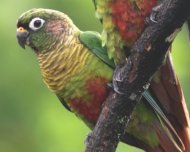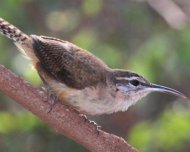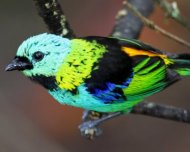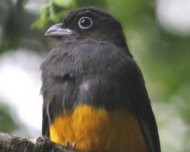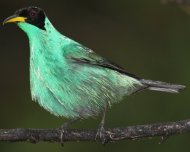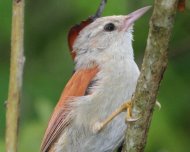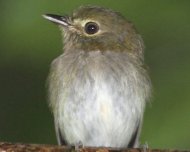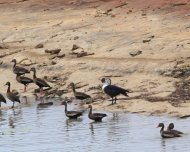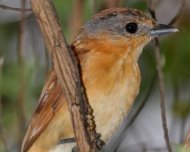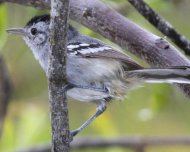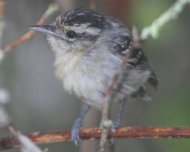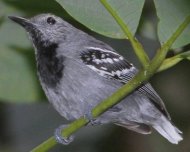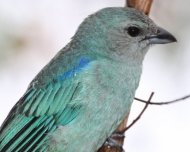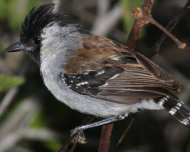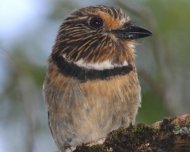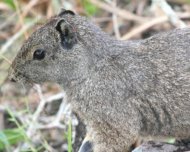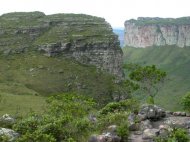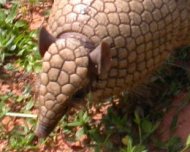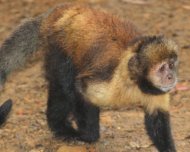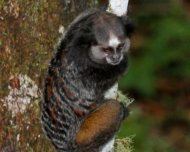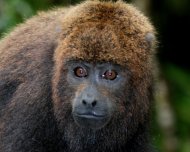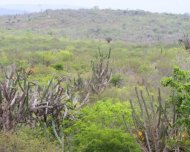Birding Brazil Tours & Nature Photography
Caatinga

Caatinga is characterized by a xeric shrubland with many cacti and thorn forest with isolated enclaves of Atlantic rainforest. The largest dry forest region in South America has 283,600 square miles - twice the size of Montana and certainly one of the richest dry forests in the world. There is not just single caatinga vegetation, but several distinctive caatingas. Caatinga harbors a unique biota and is an important area of endemism for different groups of organisms especially birds. The list includes White-browed Guan, White-collared Kite, Little Wood-Rail, Lear's Macaw, Golden-capped, Cactus and Gray-breasted Parakeet, Bahia Nighthawk, Pygmy Nightjar, Hooded Visobearer, Long-tailed Woodnymph, Hook-billed and Broad-tipped Hermit, Stripe-breasted Starthroat, Spot-backed Puffbird, Spotted Piculet, Kaempfer's Woodpecker, Moustached, Wagler's Woodceeper, Red-shouldered, Bahia, Gray-headed and Pinto's Spinetail, Striated Softail, Pink-legged Graveteiro, Caatinga Cachalote, Alagoa's and Pernambuco Foliage-gleaner, Great Xenops, Silvery-cheeked and Caatinga Barred Antshrike, Sincora, Pectoral, Orange-bellied, Narrow-billed, Caatinga, Bahia and Band-tailed Antwren, Slender, Rio de Janeiro Antbird, Fringe-backed Fire-eye,White-browed Antpitta, Hooded Gnateater, Bahia and Dimantina Tapaculo, Stresemmann's Bristlefront, Banded and White-winged Cotinga, Black-headed Berryeater, Cinnamon-vented Phia, Buff-throated Purpletuft, Araripe Manakin, Gray-backed Tachuri, Minas Gerais, Alagoas, Bahia Tyrannulet, Buff-breasted and Fork-tailed Tody-Tyrant, Caatinga Black-Tyrant, Ash-throated Casiornis, Gray-eyed Greenlet, Long-billed Wren, Forbes Blackbird, Pale Baywing, Campo Troupial, Scarlet-throated, Seven-colored Tanager, Red-cowled Cardinal, White-naped Jay, White-throated Seedeater, Pale-throated Pampa-Finch, Yellow-faced Siskin and Sao Francisco Sparrow. With many more overlaps with Southeastern Atlantic rainforest species not mentioned here! Check out our selection of tour photos below!
ITINERARY SUGGESTIONS FOR AN OPEN OR CUSTOMIZED TOUR:
Itinerary 1: 10 days covering Quixadá - Crato - Canudos - Estância - Salvador.
Itinerary 2: 15 days covering Bahia: Lençóis - Jequié - Boa Nova - Camacan - Porto Seguro - Ituberá.
To cover all the NE birds we suggest a tour with itineraries 1 and 2 together.
Itinerary 3: 9 days covering Bahia: Salvador - Camacan - Jequié - Lençóis.
